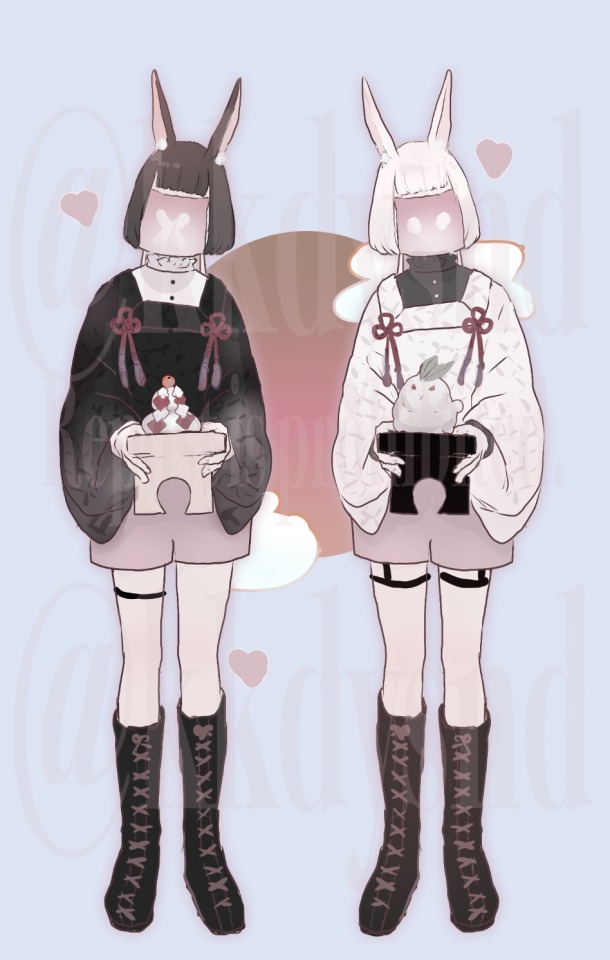#日本:鬼
Photo
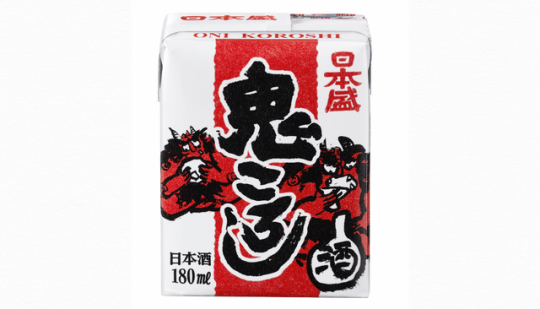
✿ 鬼ころし
・「鬼ころし」の由来は、平安時代に京都の大江山に住み着いていた「酒呑童子(しゅてんどうじ)」という酒好きの鬼を退治する時に、酒を飲ませ酔っ払わせて退治したという逸話から。そこから「鬼のように屈強な男でも酔い潰れてしまうぐらいうまく、アルコール度数の高い酒」のことを「鬼ころし」と呼ぶようになりました。
・そんな荒々しい名前を持つ「鬼ころし」ですが、実は「鬼ころし」の名がつく日本酒は、さまざまな酒蔵から発売されています。時代は、昭和50年ころ。地酒ブームが到来し、甘口主流の日本酒の中で、飛騨の「鬼ころし」は淡麗辛口で美味いと評判になり、名前だけが先行していきました。商標登録ができなかった「鬼ころし」は全国的に広まってしまい、日本全国にいろいろな蔵の「鬼ころし」が点在しているのが現状です。
#鬼ころし#飲み物:鬼ころし#品:アルコール#品:日本酒#品:酒#日本:酒#日本:アルコール#アルコール#飲み物#飲み物:アルコール#鬼#酒呑童子#2020〜#日本:鬼#酒#飲み物:2020〜#アルコール:2020〜#日本酒#日本
5 notes
·
View notes
Text

一刻の連綿
2011年、雑司ヶ谷鬼子母神。
江戸時代から続く駄菓子屋の「上川口屋 」。
幼少の頃、この少し近くに祖父の家があり、たまにここまで出かけたりなどしていた。
懐かしく思うが、それをはるかに超える時をこの地で店を構えから経っている。
#Lightroom Classic#VSCOfilm#photographers on tumblr#lensblr#original photographer#original photographers#original photographers on tumblr#original photography#original photography blog#original photography on tumblr#photoblog#photography#Japan#Tokyo#日本#東京#雑司ヶ谷#鬼子母神#上川口屋
298 notes
·
View notes
Text
reading demon slayer: chapter 16 grammar notes
title: 手毬遊び (てまりあそび) || playing temari
official english title: playing temari
おらぬ – archaic way of saying いない. from おる, to be, to exist. おる is an older verb and is used in modern japanese as kenjougo, where it replaces いる. ~ぬ is an old way to conjugate negative verbs, as covered in chapter 12’s grammar notes. the more modern form of おる in the negative is おらない. susamaru uses おらぬ when replying to yahaba’s fretting over his dirty kimono. she says your kimono isn’t dirty or anything, you worrywart.
~がいい – a grammatical construction that, when appearing after a verb, turns verbs into commands or strong suggestions. this construction is part of an antiquated way of speaking and is not used often in modern japanese. i will note here that both yahaba and susamaru speak in this archaic way, indicating that they are old demons, likely being born as humans many decades or centuries ago. susamaru uses this construction when speaking to tanjirou and company after yushirou’s outburst. she says that she is a member of the twelve demon moons, and that everyone should be honored to be killed by her.
13 notes
·
View notes
Text


ゴシップ (Gossip) flyers


these scans belong to me so no reuploads pls ;^_^
13 notes
·
View notes
Text


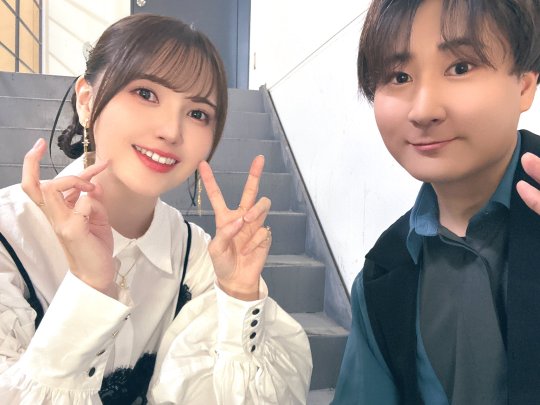


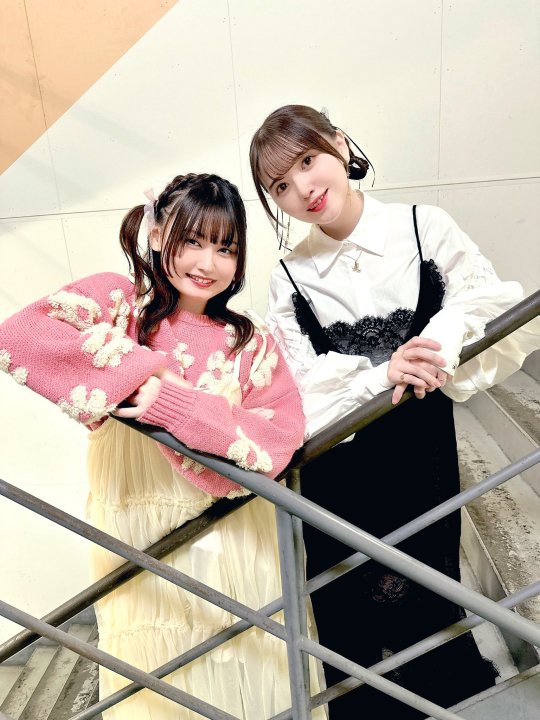
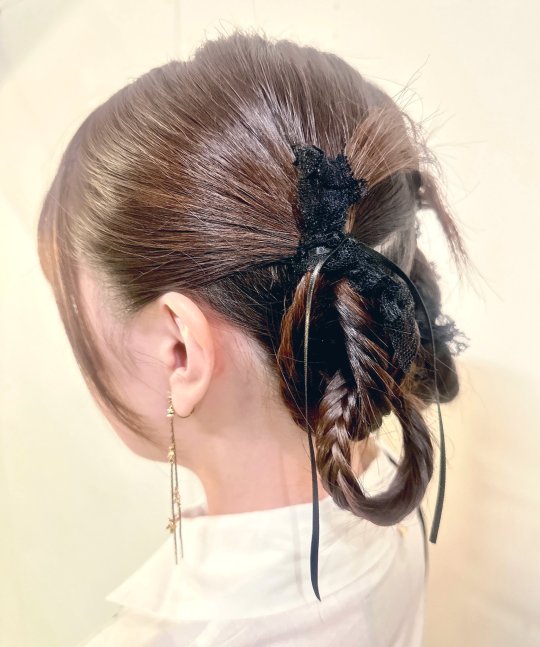

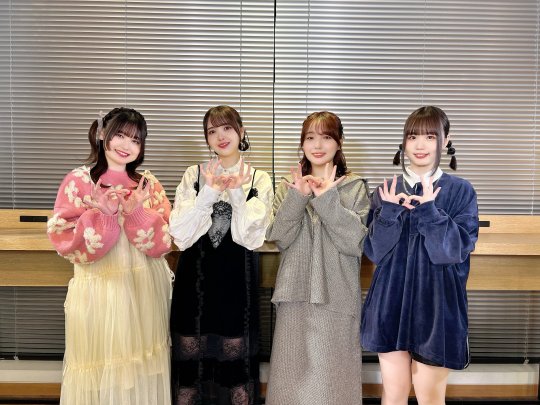
13 notes
·
View notes
Text
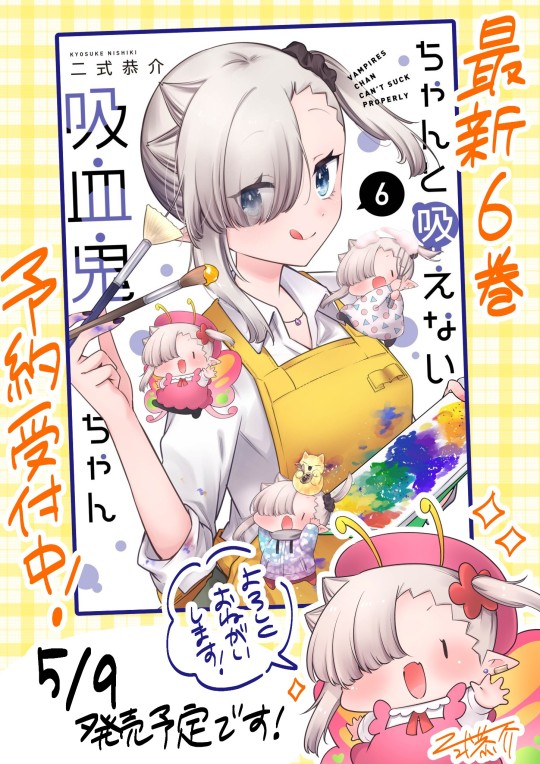
ちゃんと吸えない吸血鬼ちゃん単行本最新6巻💛
メロンブックスさまにてアクリルキーホルダー付き限定版の予約も開始されております!
よろしくお願いいたします!!!!
#ちゃんと吸えない吸血鬼ちゃん#二式恭介#オリジナル#一次創作#漫画#連載中#月刊ドラゴンエイジ#単行本#予約受付中#発売日#宣伝#メロンブックス#アクリルキーホルダー#デフォルメ#よろしくお願いします#comics#manga#illustration#amazon
3 notes
·
View notes
Text

#demonmecha#mechademon#日本の悪魔#robotics#folkloretech#mechadesign#darkmecha#テクノロジー#fantasymecha#mechawarriors#機械の魔物#cyberdemon#mechabattle#鬼メカ#futuristic#mechaart#幻想機械#techfusion#mechamonsters#デモンロボ#scifimecha#機械戦士#demonlore#mechafantasy#怪物ロボット#cyberpunkmecha#mecharevolution#伝説のロボット#mechaworld#幽霊機械
3 notes
·
View notes
Text

❤️⚡️💙❤️🔥
夢でみた鬼のキャラを描きました
青鬼が敵の赤鬼を倒すために戦う話。
漫画にしたかったけど既存のアニメと一緒の
ストーリーだと気付いてやめました
しかし、キャラは気に入ってるので描いてます
#illust#art#illustration art#japan art#artwork#illustration#illustillustrator#イラスト#pop art#鬼#demon#日本のアニメ#日本の風景#girls art#boy art
3 notes
·
View notes
Photo

26 notes
·
View notes
Photo

✿ ムーチー | 沖縄県
・ムーチー(餅、鬼餅)は、沖縄県の行事、およびそこで食される菓子の一種。「餅」の一種を意味する沖縄方言であり、カーサ(食物を包む葉、この場合は月桃(サンニン)の葉)で巻くことから「カーサムーチー」と呼ばれることもある。餅粉をこね、白糖や黒糖、紅芋などで味付けを行い、月桃の葉で巻き、蒸して作る。旧暦の12月8日(グレゴリオ暦では概ね1月)に、健康・長寿の祈願のため縁起物として食される。ムーチーを食べる旧暦の12月8日(新暦の1月下旬から2月上旬)は沖縄では最も寒い時期であり、この時期の寒さを沖縄方言でムーチービーサ(鬼餅寒)と呼んでいる。
・「鬼餅」の由来は沖縄本島の民話による。その内容は、昔、首里から大里に移り住んだ男が夜な夜な鬼になって人畜を襲うことから、その男の妹が憂いて、鉄釘入りのムーチー(鉄の塊とする場合もある)を兄に食べさせ、弱ったところを海に蹴り落として殺したというものである。この物語では、ムーチーを蒸すときの月桃のカーサーの香りが浄めの役目を果たす。鬼退治にムーチーが使われたことから「鬼餅」と呼ばれることとなった。
・上記の由来から、ムーチーを蒸したとき蒸し汁は家の回りにまき、ムーチーを包んだカーサーは十字形に結んで人の出入りする入口や軒先に吊るし、厄除けをする風習が残る。
#ムーチー#鬼餅#カーサムーチー#sweets:沖縄#日本:和菓子#日本:餅#餅#日本:沖縄#2020〜#沖縄#沖縄:餅#日本:鬼#鬼#日本#food:日本#月桃#カーサ#和菓子#sweets:日本#もち
1 note
·
View note
Photo
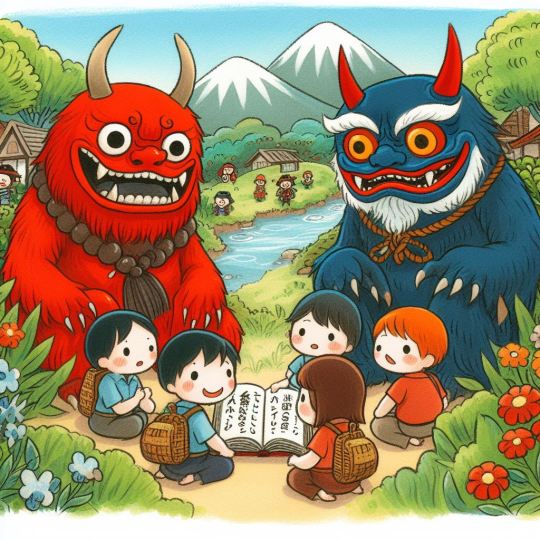
赤鬼と青鬼
熊本の伝承
熊本県の伝承における赤鬼・青鬼の物語は、子供たちの教訓や友情をテーマにした民話の一つです。この物語は、日本各地で様々なバージョンが存在しますが、熊本県のものは以下のような特徴があります。
物語の主要なキャラクターは、赤鬼と青鬼の2人組です。彼らは山の中に住んでおり、人里離れた場所で静かに過ごしていますが、ある日、彼らは人間の子供たちと出会います。
最初は赤鬼と青鬼は子供たちに対して警戒心を持ちますが、子供たちが彼らと仲良くなりたいと願い、友情を深めようとする姿勢に感動します。赤鬼と青鬼は次第に子供たちと仲良くなり、一緒に遊んだり、冒険したりするようになります。
しかし、物語には試練や困難も含まれています。赤鬼と青鬼は人間とは異なる存在であり、彼らの力や考え方が人々とは異なることが災いし、しばしば誤解やトラブルが生じます。それでも、子供たちとの友情を大切にし、困難を乗り越えようとする姿勢が物語の中心となります。
この物語は、異なるもの同士が友情を育むことの大切さや、困難に立ち向かう勇気、そして相互理解の重要性を伝えるために語り継がれています。
♪♫♬🎤🎹🎶♪♫♬🎤🎹🎶♪♫♬🎤🎹🎶♪♫♬🎤🎹🎶
red demon and blue demon
Kumamoto folklore
The story of Red Demon and Blue Demon in Kumamoto prefecture folklore is one of the folk tales that focuses on lessons for children and friendship. There are various versions of this story across Japan, but the version from Kumamoto Prefecture has the following characteristics:
The main characters in the story are Aka Oni and Ao Oni. They live in the mountains and stay quiet in a secluded place, but one day they meet human children.
At first, the Red Oni and Blue Oni are wary of the children, but are moved by the children's desire to become friends with them and their efforts to deepen their friendship. Red Oni and Blue Oni gradually become friends with the children and begin to play and have adventures together.
But the story also includes trials and tribulations. Red demons and blue demons are different from humans, and the fact that their powers and ways of thinking are different from people's is a misfortune, and misunderstandings and troubles often occur. Even so, the story centers around her valuing her friendships with her children and her willingness to overcome hardships.
This story is passed down to convey the importance of fostering friendships between people of different backgrounds, the courage to face difficulties, and the importance of mutual understanding.
2 notes
·
View notes
Text
reading demon slayer: chapter 8 name breakdown
in this chapter, there are no names of people or places or weapons to go over. instead, we will be covering the demon slayer ranking system, which is introduced by kiriya (the black-haired twin at final selection). from highest to lowest, demon slayers are ranked as follows:
甲・乙・丙・丁・戊・己・庚・辛・壬・癸
which in english simply translates to first, second, third, fourth, fifth, sixth, seventh, eighth, ninth, and tenth in rank. the official english version chose to transliterate these names instead of translating them.
there is another layer to these names beyond their usage as ordinal numbers, however. the set of characters used here are a part of the traditional chinese calendar system known as the heavenly stems. the heavenly stems are used in combination with the earthly branches, an ordering system related to the chinese zodiac, to form a 60-year calendar cycle.
you might protest that there are 10 stems and 12 zodiac signs, which multiplies to 120, not 60. it's better to think of the stems as 5 pairs (you'll see why below), and 5 times 12 is indeed 60.
so what do the stems represent? well, each stem has its own alignment to a few basic concepts of traditional chinese philosophy--yin and yang, the five elements*, and the cardinal directions. the five elements are wood, fire, earth, metal, and water. each element is associated with a cardinal direction--wood is east, fire is south, earth is middle, metal is west, and water is north. here's how it all works out:
甲 (きのえ) - yang, wood, east
乙 (きのと) - yin, wood, east
丙 (ひのえ) - yang, fire, south
丁 (ひのと) - yin, fire, south
戊 (つちのえ) - yang, earth, middle
己 (つちのと) - yin, earth, middle
庚 (かのえ) - yang, metal, west
辛 (かのと) - yin, metal, west
壬 (みずのえ) - yang, water, north
癸 (みずのと) - yin, water, north
as you can see, the stems are 5 yin-yang pairs, one for each of the five elements/cardinal directions. this is where the names for the stems in japanese come from, and these are the names you're probably familiar with from reading or watching demon slayer in english. the first part of the name is the native japanese pronunciation for the associated element: き, like 木, for wood; ひ, like 火, for fire; つち, like 土, for earth; か, like 金, for metal; and みず, like 水, for water. next is の, which connects the first part to the last, and the last part is either え or と--え like in 上, meaning older, and と like in 弟 or 乙, meaning younger.
like i said earlier, these names really have no bearing on how they're used in demon slayer (i.e. as ordinal numbers). the demon slayer ranks are straightforwardly named first through tenth. the heavenly stem names and meanings do not need to be taken into account at all. i just thought it was something interesting to talk about :)
that's all i have for this chapter's name breakdown. it's a bit of a long one, so thank you very much to anyone who read this far! if you're interested in chinese philosophy or astrology, i recommend doing that research on your own, because i'm already a bit out of my depth just summarizing the basics. thanks again for reading, and please look forward to the next posts! 読んでくれてありがとう!次の投稿を楽しみにしてください!
*"five elements" is a bit of a misnomer, since they're not really equivalent to the four elements of western philosophy. it's the most well-known term for them, though, so that's what i went with.
13 notes
·
View notes
Photo

【栃木県】龍王峡 . (2020/11/06撮影) . #龍王峡 #龍王峡ハイキング #渓谷 #峡谷 #龍王峡渓谷 #栃木県 #日光市 #栃木県日光市 #鬼怒川 #日光 #旅行 #日本旅行 #国内旅行 #旅行好き #日本の旅 (龍王峡) https://www.instagram.com/p/Cj5HfKSPNkg/?igshid=NGJjMDIxMWI=
10 notes
·
View notes
Text
『久しぶりに、旅へ②(岐阜県高山市方面)』
新潟県妙高市関温泉の朝は、幸いにも大雨が通り過ぎ、雲や霧はあるものの穏やかな様相を見せた。

旅の2日目は、ここ妙高市から岐阜県高山市迄の下道ドライブ。大雨が無ければ、新潟県から長野県へのアクセスをフラットダートの林道で小谷村へ抜ける予定だったが、路面状況が読めない為、信濃信州新線(県道36号線)から、長野県戸隠(旧戸隠村)を通り、白馬へ抜けるルートに切り替えた。

道中の鬼無里村を走る頃には、時折青空を見せてくれて、この先のロケーションに気持ちが高まる。
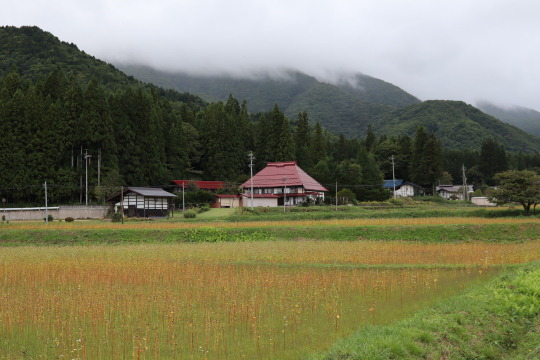
国道を避け、白馬岳大町線(長野県道325号)に入り、素朴で実りある風景を抜けて行く。
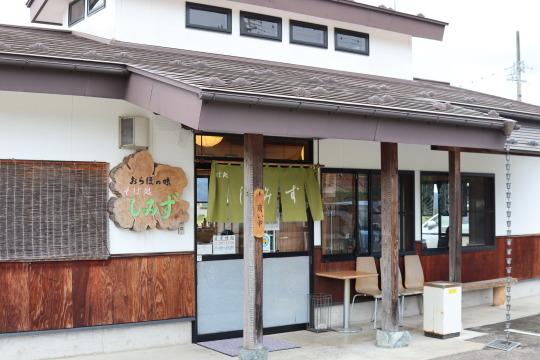
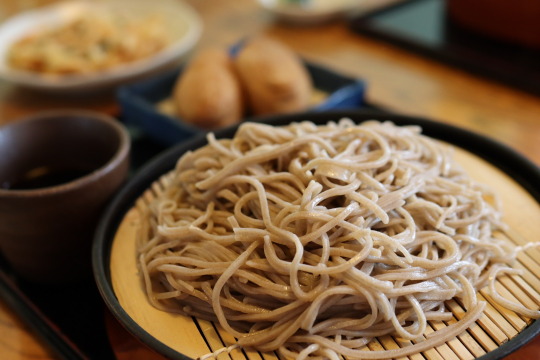
その道中、ポツンと食堂が。そこの蕎麦が、これまた美味だったのでご紹介。『おらほの味 蕎麦処 しみず』旨味香りも良く、喉越し良く。お勧めです。
昼を終え、上高地方面へ。

渓谷と、時折見せる青空が美しい。国道158号線は、いつ通っても裏切らない美しさを見せてくれる。この天気に期待して、さらに安房峠(旧158号線)を目指す事にした。峠の登りでは、この先に期待を持たせる風景が、チラリチラリと。

…しかし、そこは残念ながら深い霧に包まれ、晴れていれば観られたはずの焼岳はお預けとなった。ともあれ、走り抜ける道はいずれも素晴らしく、久しぶりの旅に、印象深い記憶を残してくれた。

この日の宿のある『福地温泉』には、穏やかな露天風呂あり、泊り客のみの風情ある足湯もあり、何度か通っている。奥飛騨温泉郷も幾度か出掛けているが、近年はやや素朴な、こちらに来る機会が増えた。

この足湯の為だけの、贅沢な建屋が一軒。囲炉裏があり、宿だけの出会いではなく、福地温泉に来たお客さん全体への出逢いを演出するところが、なんとも心地よい。
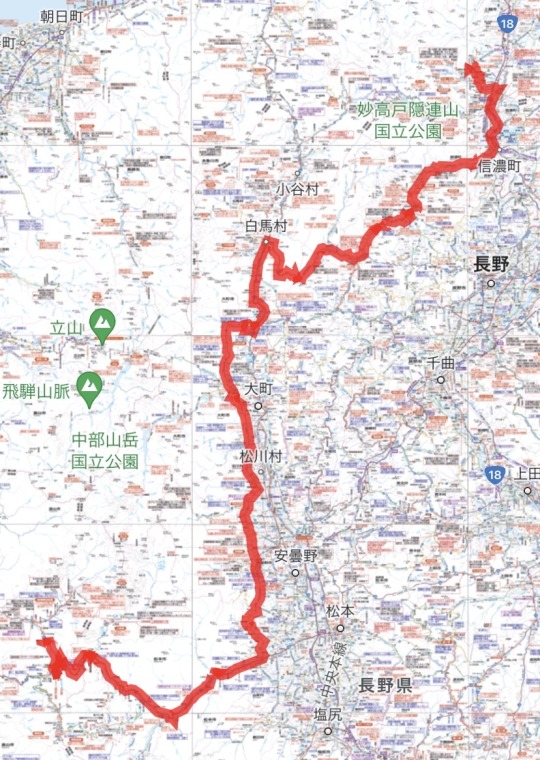
さて、この日は何キロ走っただろう。
この次の日は、もう少し楽な旅路になる…はず(笑)
8 notes
·
View notes
Photo

#カップ麺 #Cupnoodle #どん兵衛 #どんべえ #Donbei #日清食品 #NissinFoods #鬼かき揚げ #天ぷらうどん #Tempura #うどん #Udon #かき揚げ #Kakiage #OniKakiage #Instant #TempuraUdon #Japan #日本 #ivvaDOTinfo #ivva https://www.instagram.com/p/CnxYowshe7a/?igshid=NGJjMDIxMWI=
#カップ麺#cupnoodle#どん兵衛#どんべえ#donbei#日清食品#nissinfoods#鬼かき揚げ#天ぷらうどん#tempura#うどん#udon#かき揚げ#kakiage#onikakiage#instant#tempuraudon#japan#日本#ivvadotinfo#ivva
4 notes
·
View notes

